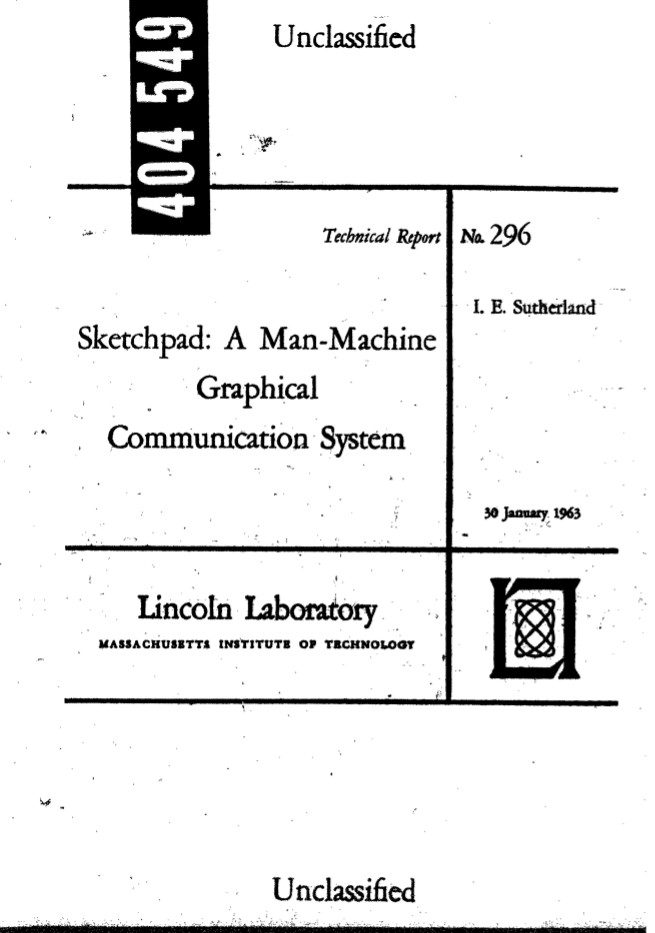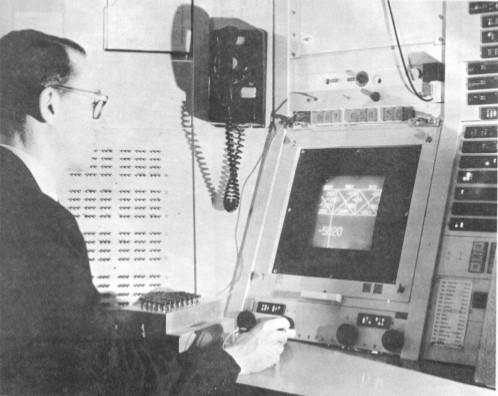Peter Jakobsson: Öppenhetsindustrin / Openness Industry (2012) [Swedish]
Filed under thesis | Tags: · business, copyright, creative industries, crowdsourcing, governmentality, ideology, internet, media industry, openness, openness industry
“Over recent decades several competing descriptions of the media and cultural industries have been put forward. The media and cultural industries have been described as creative industries, copyright industries, and as constitutive of an experience economy. One key element in these descriptions has been the importance of copyright law in a postindustrial economy.
The present study is an analysis of an emerging idea of an industry that functions, in part, outside of the market created by copyright law, and by exploiting, or by building markets on top of, digital, cultural and informational commons. The study is about how this idea is expressed in various forms by business organisations, companies, consultants and policymakers. I have invented the concept of the openness industry to denote the businesses that these organisations and policy makers claim are forerunners and promoters of the idea of ‘openness’ as a business model for the media industry. The purpose of the thesis is to analyse the governmentality and ideology of the openness industry.
A key element in the idea of the openness industry is that internet users can be persuaded to produce symbolic products for it by other means than the economic incentives provided by copyright. Another key element is the high value placed on single individuals in the creation of economic value; but in contrast to how the copyright industries are thought to be dependent on ‘authors’, the openness industry relies on the ‘entrepreneur’. Previous notions of the media and cultural industries have given publishers and producers of film, music and games a central role.The companies that are seminal to the idea of the openness industry are internet and technology companies.” (Abstract)
Doctoral thesis
Media and Communication, Örebro University, Sweden, 2012
Supervisors: Göran Bolin, Mats Ekström
ISBN 9789176688533
209 pages
commentary (Jonas Andersson, in Swedish)
Comment (0)Peter Hoffmann: Music Out of Nothing? A Rigorous Approach to Algorithmic Composition by Iannis Xenakis (2009)
Filed under thesis | Tags: · algorithm, composing, composition, computer music, computing, electroacoustic music, listening, music, music theory, sound
“GENDY3 (1991) by Iannis Xenakis (1922-2001) is a piece of computer generated music. But it is more than just ‘computer music’. GENDY3 is the culmination of Xenakis’ lifelong quest for an ‘Automated Art’: a music entirely generated by a computer algorithm.
Being a radical instance of a pure algorithmic composition, GENDY3 is, in a precise mathematical sense, a computable music: every aspect of its sonic shape is defined by an algorithmic procedure called ‘Dynamic Stochastic Synthesis’ (‘Génération Dynamique Stochastique’, or GENDYN for short).
The GENDYN Project, started by the author in 1995/96 with a research at CEMAMu, then the composer’s research center near Paris, exploits this computability for developing and documenting the GENDYN concept, in order to understand its various ramifications and to make it accessible for further research and production. To this end, the author implemented Dynamic Stochastic Synthesis in a new program called the ‘New GENDYN Program’ which, in addition to ‘recomposing’ GENDY3 in real time, makes it possible to inspect and control the algorithmic composition process, thereby opening up new perspectives both in Computational Musicology and in computer music creation.
For music analysis purposes, GENDY3 has been completely resynthesized. The simulation of the genesis of GENDY3 ‘in vitro’ made possible by the New GENDYN Program permits the systematic exploration of the ‘decision space’ of the composition model, contributing to a deeper understanding of both its potentials and limitations, and the complex interaction between ‘material requirements’ and compositional freedom within which the composer navigated.
The study of the GENDYN compositions provokes many fundamental questions about computing, listening and understanding, of creation, interaction and computer music aesthetics. It is shown that Xenakis, unlike many computer music composers, had no ambition whatsoever to emulate traditional musical thinking with the computer. Instead he realized his sonic vision in an abstract physical model of sound pressure dynamics yielding higher-order musical structures as emergent epiphenomena. This unusual approach addresses the medium of electroacoustic algorithmic music, i.e. the physics of sound, as well as the computability of sound as subjects of artistic creation. This approach seems to the author to be of a higher value for the foundation of a ‘true’ computer art than the widespread ambition to emulate human creativity by computers and to build up an artificial brave new world of music.” (Abstract)
PhD thesis
Fakultät I – Geisteswissenschaften, Technische Universität Berlin
Vorsitzender: Stefan Weinzierl
Berichter: Christian Martin Schmidt
Berichter: Helga de la Motte-Haber
346 pages
PDF (updated on 2017-8-4)
Comment (1)Ivan Edward Sutherland: Sketchpad: A Man-Machine Graphical Communication System (1963/2003)
Filed under thesis | Tags: · computing, design, drawing, interface, software, technology


This technical report is based on a dissertation submitted January 1963 by the author for the degree of Doctor of Philosophy to the Massachusetts Institute of Technology.
“The Sketchpad system uses drawing as a novel communication medium for a computer. The system contains input, output, and computation programs which enable it to interpret information drawn directly on a computer display. It has been used to draw electrical, mechanical, scientific, mathematical, and animated drawings; it is a general purpose system. Sketchpad has shown the most usefulness as an aid to the understanding of processes, such as the notion of linkages, which can be described with pictures. Sketchpad also makes it easy to draw highly repetitive or highly accurate drawings and to change drawings previously drawn with it. The many drawings in this thesis were all made with Sketchpad.
A Sketchpad user sketches directly on a computer display with a ‘light pen.’ The light pen is used both to position parts of the drawing on the display and to point to them to change them. A set of push buttons controls the changes to be made such as ‘erase,’ or ‘move.’ Except for legends, no written language is used.
Information sketched can include straight line segments and circle arcs. Arbitrary symbols may be defined from any collection of line segments, circle arcs, and previously defined symbols. A user may define and use as many symbols as he wishes. Any change in the definition of a symbol is at once seen wherever that symbol appears.
Sketchpad stores explicit information about the topology of a drawing. If the user moves one vertex of a polygon, both adjacent sides will be moved. If the user moves a symbol, all lines attached to that symbol will automatically move to stay attached to it. The topological connections of the drawing are automatically indicated by the user as he sketches. Since Sketchpad is able to accept topological information from a human being in a picture language perfectly natural to the human, it can be used as an input program for computation programs which require topological data, e.g., circuit simulators.
Sketchpad itself is able to move parts of the drawing around to meet new conditions which the user may apply to them. The user indicates conditions with the light pen and push buttons. For example, to make two lines parallel, he successively points to the lines with the light pen and presses a button. The conditions themselves are displayed on the drawing so that they may be erased or changed with the light pen language. Any combination of conditions can be defined as a composite condition and applied in one step.
It is easy to add entirely new types of conditions to Sketchpad’s vocabulary. Since the conditions can involve anything computable, Sketchpad can be used for a very wide range of problems. For example, Sketchpad has been used to find the distribution of forces in the members of truss bridges drawn with it.
Sketchpad drawings are stored in the computer in a specially designed ‘ring’ structure. The ring structure features rapid processing of topological information with no searching at all. The basic operations used in Sketchpad for manipulating the ring structure are described.” (from the Abstract)
PhD thesis
Originally submitted at the Massachussets Institute of Technology, January 1963
Technical report published by University of Cambridge, September 2003
New preface by Alan Blackwell and Kerry Rodden
ISSN 1476-2986
149 pages
Sketchpad presentation with comments by Alan Kay (video)
PDF (original thesis, 1963)
PDF (2003 edition)

